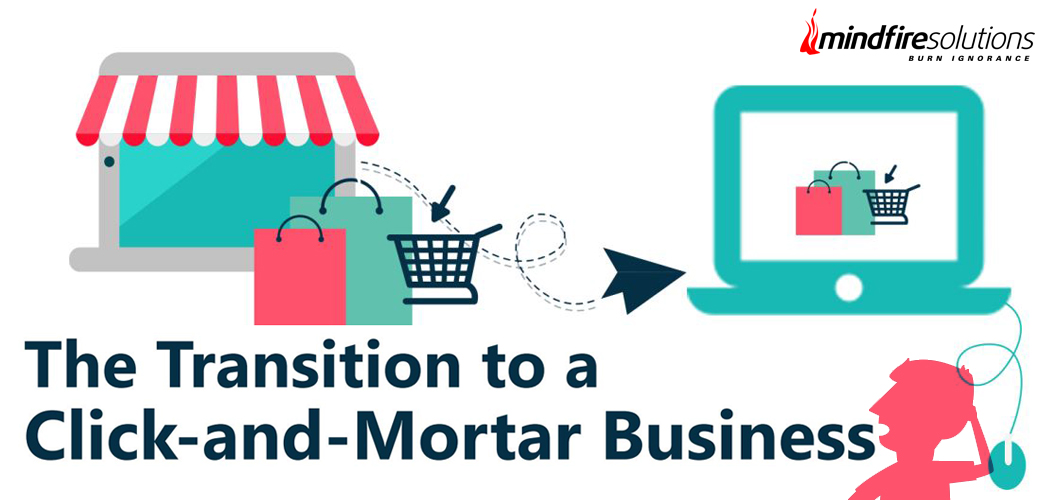Michael, a software designer, was about to stumble upon an idea that would change his life. He had recently moved to Lisbon, and was living alone. But he did manage to find a date and was hoping for this to be the great start to life in this new city. He did not have the right shirt. He wanted to wear a classic white button-down but the few shops he visited, it was too expensive. He had one long-lost friend in the city, whom he decided to call for advice.
The Hiccup
“Hey Sam, it’s Michael.”
“Oh, hello Michael! Great to hear from you! What’s up?”
“I’m alright. Just moved to Lisbon. Was hoping if you could help me out with something.”
“Great! Tell me, what do you need?”
“Could you suggest a relatively inexpensive place where I could get a classic, white shirt?” he asked.
“Ah yes. You could try the Acropolis Mall. It’s got a whole lot of shops. I’m sure you’ll find something in your budget there.”
“Thank you so much! I’ll check it out and let you know.”
“Sure, anytime. We should catch up soon!”
“Yes, we should. I’ll give you a call tomorrow, and we’ll figure something out!”
“Sure thing! I hope you find the shirt you’re looking for. Ciao!”
“Thanks Sam! Ciao.”
The Challenge
Michael went to the monstrous mall that Sam had suggested, but he had a nagging feeling it wouldn’t work. After spending more than three hours in the mall, having visited at least 12 different stores, he gave in, and bought a rather expensive shirt.
On his way out, he saw a sign inside another store which seemed to have a rather hefty discount on shirts.
On closer inspection, he could spot a white shirt hanging with a price of nearly half of what he had paid. With a sigh, he shuffled out of the mall, when the idea struck him.
The Solution
Michael called Sam, his software designer friend from college, to explain his idea.
“Sam, what if there was a way to know the promotions in each store, without having to explore all of them?”
Sam was unsure how to respond. “How would you do it?”
“It’s simple. Stores can install beacons. Customers like us, can install apps on our phones. Every time a potential customer passes by, the beacon can push a notification of the store owner’s choosing to the customer. This has the potential to influence the customer’s decision-making, while also informing them about the in-store promotions. Win-win for both.”
“That is brilliant, and simple too!” she replied ecstatically. “I know just the people who can help us bring this to life!”
——————————————————————————————————————-
Interested to get a more detailed account of the solution, Download the Case Study; No Email Ids/Contact Numbers needed.
——————————————————————————————————————-
The Experts
We were well-acquainted with Sam; we had worked with Sam on other projects as well. Sam and Michael reached out to us with their idea.
We realized its potential went far beyond stores, and could also be used as an interactive tool in events, exhibitions, airport, hotels, and other places, and helped them create a well-rounded product applicable across sectors and domains.
Our mobile app development team designed an app solution for iOS and Android, that would have two types of users – subscribers (business owners) and end-customers. They loved the design and we allocated senior iOS app developers and Android developers to develop the custom app.
The subscribers could choose from a list of templates, the kind of message they wanted to send to their customers through the location-based technology offered by beacons.
————————————————————————————————————–
Sam and Michael are now successfully running their venture and come back to us often to help them customize and update the app to meet specific needs.
Talk to Mindfire Solutions, and we’ll help you push your idea to the real world!





